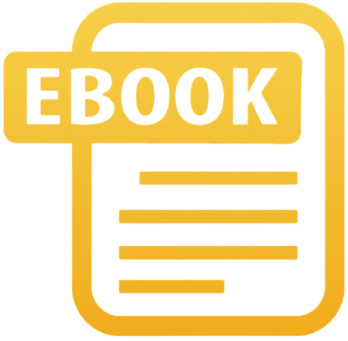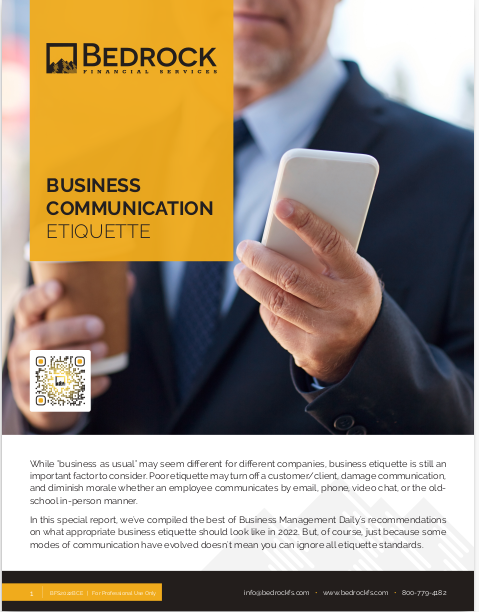Key Takeaways
-
Weekly emails help you build top-of-mind awareness faster, while monthly emails may be better for agents with leaner content strategies or time constraints.
-
The best frequency depends on your goals, list size, and how well you balance value with consistency—too much or too little can both hurt engagement.
The Frequency Dilemma: Weekly or Monthly?
As an independent insurance agent in 2025, your email list is one of your most valuable assets. But knowing how often to show up in your clients’ inboxes is where the strategy begins to matter. Some agents swear by weekly check-ins, others prefer a once-a-month cadence. So who’s right—and more importantly, what works best for you?
Let’s unpack the strengths, weaknesses, and real-world implications of both approaches.
Weekly Emails: Consistency That Converts
Sending weekly emails isn’t just about quantity—it’s about maintaining presence and relevance. In a noisy market, showing up more frequently can be the competitive edge that keeps your name top-of-mind when a client finally decides to act.
Advantages of Weekly Emails
-
Higher touchpoint frequency: You get 52 opportunities a year to educate, connect, and remind your audience you exist.
-
Faster trust-building: When your content is helpful and frequent, you can create the sense of a real, ongoing conversation.
-
More testing opportunities: You can A/B test subject lines, formats, and calls to action regularly and refine faster.
-
Better for timely content: You can align your emails with seasonal shifts, enrollment periods, or changes in insurance regulations in real time.
Risks of Weekly Emails
-
Content fatigue: If your content feels repetitive or forced, recipients may unsubscribe or stop opening your emails.
-
Higher resource demand: You need time, energy, or a strong system to consistently produce content worth reading every single week.
-
More room for mistakes: Rushing out content can lead to typos, broken links, or compliance errors.
Monthly Emails: Simplicity and Breathing Room
Monthly emails tend to be easier to manage, especially if you’re running solo or juggling client meetings, lead generation, and policy servicing. But does the lower frequency still deliver impact?
Advantages of Monthly Emails
-
Easier to sustain: With just 12 sends per year, you can invest more time in each message’s quality, visuals, and value.
-
Lower unsubscribe rates: Less frequent emails can reduce the risk of overwhelming your audience.
-
Better long-form content delivery: You can afford to write deeper, more comprehensive insights that don’t feel rushed.
Risks of Monthly Emails
-
Longer gaps between engagement: If someone misses an email or ignores it, you’ve lost 30+ days of potential touch.
-
Weaker momentum: It takes longer to build rapport when clients don’t see your name regularly.
-
Missed windows: If there’s a policy update or regulatory change mid-month, your audience may not hear from you in time.
Key Differences That Matter
1. Email Engagement Patterns
In 2025, inboxes are saturated. Weekly emails tend to produce higher total opens and clicks over time simply because they offer more chances. However, monthly emails may boast higher open rates per email due to lower send frequency.
It’s a quantity vs. quality trade-off. If you’re sending weekly, ensure your emails stay concise, relevant, and valuable. If you’re monthly, lean into personalization and deeper insights.
2. List Size and Client Volume
Agents with larger email lists or broader market segments often benefit from weekly emails—they have more data to work with and can afford segmentation. For smaller lists or niche-focused agents, monthly emails might allow for more tailored content and better overall client relationships.
3. Lead Nurturing Goals
Weekly is better for nurturing leads actively in the buying stage. It allows you to drip value, address objections, and remind prospects of your offer without going silent for weeks.
Monthly is better when leads are colder, or your pipeline is long. You stay in their peripheral vision without coming off as pushy.
4. Email Strategy and Automation
If you use CRM software or tools like autoresponders, you can supplement monthly emails with triggered messages for birthdays, quotes, or follow-ups. Weekly emails, however, may already serve that role and reduce the need for automation layers.
Think of weekly as manual drip. Monthly can work as a strategic base layer for broader automated flows.
5. Client Expectations in 2025
Today’s clients expect immediate responses, tailored communication, and ongoing support. A weekly cadence can meet this demand more effectively—if you have something meaningful to say. Otherwise, a well-crafted monthly digest with educational resources, deadline reminders, and action steps may strike a better balance.
How to Decide Your Ideal Frequency
Choosing your cadence comes down to aligning three core elements:
-
Your capacity – Can you reliably write, design, and send high-quality emails every week?
-
Your audience – Are they new prospects, long-term clients, or policyholders needing reminders?
-
Your strategy – Are you trying to generate leads, increase retention, or cross-sell services?
Here’s a quick breakdown:
| Goal | Best Frequency |
|---|---|
| Build brand awareness | Weekly |
| Maintain retention | Monthly |
| Educate and upsell | Weekly |
| Warm up new leads | Weekly |
| Nurture existing clients | Monthly |
| Stay visible year-round | Weekly |
Hybrid Option: Best of Both Worlds?
Some agents adopt a hybrid approach—sending a monthly newsletter plus short weekly updates or follow-ups as needed. This model helps:
-
Keep your list engaged without overloading them.
-
Share timely content when required.
-
Use automations and templates for lighter weekly lifts.
You might send a full feature-rich monthly email every first Monday, followed by 2–3 short reminders or quote-related messages throughout the month.
How to Make Weekly Emails Work
If you decide to commit to weekly emailing, success depends on:
-
Planning ahead: Use a 3-month content calendar to reduce last-minute panic.
-
Content batching: Write several emails in one sitting to save time.
-
Template consistency: Reuse layouts for quicker design and faster approvals.
-
Value first: Prioritize helpful content—FAQs, seasonal tips, deadlines, or myths—over hard sales.
Your weekly emails don’t need to be long. A 150-word message with a clear point can outperform a 700-word ramble.
How to Make Monthly Emails Effective
With more time to prep, your monthly email should feel like a mini-magazine:
-
Include multiple sections – quick tips, market updates, deadlines, and featured articles.
-
Use stronger visuals – infographics, call-to-action buttons, or segmented banners.
-
Add links to previous content – let clients catch up or revisit important messages.
Use the subject line to highlight time sensitivity (e.g., “3 Deadlines to Know This Month”).
How to Measure Success for Either Approach
Regardless of your frequency, you need to track performance to understand what works. Key metrics to monitor include:
-
Open rate – Is your subject line getting attention?
-
Click-through rate – Are your readers taking the next step?
-
Unsubscribe rate – Are you sending too often or missing the mark?
-
Reply rate – Are you building a conversation or relationship?
Benchmark your metrics over a 90-day period. A/B test both subject lines and send days (e.g., Monday morning vs. Thursday afternoon).
What Works Best for Agents in 2025
In 2025, you’re dealing with informed, skeptical, and busy audiences. The agents who win are the ones who:
-
Use data to drive their decision-making.
-
Choose a frequency they can sustain for at least 6–12 months.
-
Combine educational content with urgency and clear next steps.
-
Let automation support their outreach without replacing it.
It’s not just about sending emails. It’s about showing up when your clients need you—with the right message.
A Better Way to Stay Consistent and Close More Deals
Whether you lean toward weekly or monthly emails, your success depends on systems, not just effort. That’s where we come in.
At Bedrock Financial Services, we help independent insurance agents like you stay in front of your prospects with better tools, smarter automation, and personalized strategies. Our platform gives you everything from content templates to CRM support, so your emails work harder—without you working more.
Join us today and see how we can help you turn your inbox into a revenue engine.







